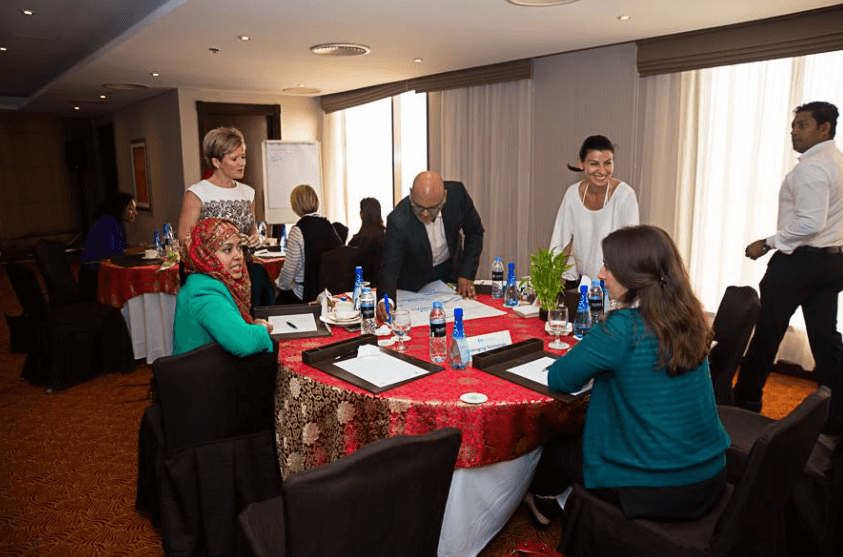Despite the fact that employees want to return to office work in some capacity, a quick Google search reveals that employees have many concerns about moving from remote work scenarios back to office environments. There is also endless contradictory information regarding what the new work environment will look like for many people, which understandably is causing concern for employees and employers alike.
Step One: Recognise the Impact of Routine Change
Breaking the routines that your employees have created at home could provoke anxiety as they may have become dependent on certain patterns that have helped them get through each day. In fact, the study commissioned by Slack suggests that 51.6% of workers saw an improvement in work/life balance after transitioning to remote work. Most likely, this is because simple activities like taking the kids to school, undertaking housework whilst working, or exercising in place of a long commute have become commonplace this year.
While many of these routines are impossible to continue when working from an office, there has been a greater emphasis on employee health, wellbeing and work-life balance over the last twelve months which should make these routines easier than ever to keep.
Whatever other support systems your company has implemented during Covid that were designed to enhance productivity, should be retained in the office. These protocols may need to be adjusted slightly but sticking to a routine can help ease the change in work environments.
Step Two: Focus on Reducing Risk
Despite vaccinations now being widely available in most developed and developing countries, the threat of COVID-19 will still be present after returning to the office, creating anxiety. A survey by Honeywell of 2000 workers in the UK, US, Germany, and the Middle East suggests that 59% of workers are worried about co-workers not following COVID-19 health and safety rules; that same study suggests that 56% of employees are worried about airborne transmission within offices.
These statistics are not surprising. It is natural for employees to be concerned about their health – especially in offices that may be crammed, poorly ventilated or not have the safety procedures that have become the norm in other locations.
As a workplace, what steps can you take to make employees feel more at ease?
-
Focus on the flow of people and office layout to ensure social distancing. This may mean taking a phased approach to returning to the office or alternating work schedules to ensure everyone can maintain distance, stay healthy and feel comfortable. Consider allowing versatile work structures: for example, allowing some employees to stay remote, some to use flex work locations and others to be in-office only.
-
Implement contactless systems for the office like e-signatures, contactless technology and motion-detected sanitizer dispensers. Also, remain diligent about symptom monitoring and increasing access to cleaning supplies and procedures. My advice is to follow the guidelines set out by authorities, take extra measures where necessary, and ensure you are communicating clearly, often and early.
Step Three: Provide Mental Health Supports
For all employees, there are several ways to overcome anxiety. These include:
-
Requesting some form of transition plan, rather than jumping headfirst into full-time work back into the office.
-
Being open to having conversations about how you are feeling – it is more than likely others are also in the same box. Communicate often with those around you to stay on top of what’s happening.
-
Don’t be hard on yourself – remember that this is the first time we are facing such challenges.
-
Remember that the anticipation is sometimes worse than the reality. Focusing on what you can control rather than just worrying about things out of your control is an important step.
Step Four: Communicate With Kindness
Express what is happening and allow open conversation with your teams.
If you are the leader in an organisation, you too will face struggles with the transition. Communicate how you feel too, and ensure you are creating an environment based on mutual respect, communication and empathy.
Whilst the return to the office will be a challenging time, it also brings many opportunities for collaboration, team building, socialisation and productivity that we have been missing out on. Focusing on communication, empathy and respect will go a long way when easing the transition to a new normal.







